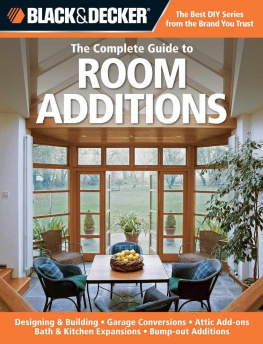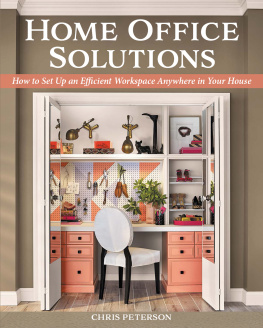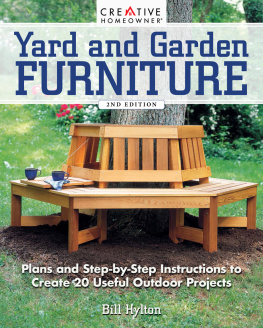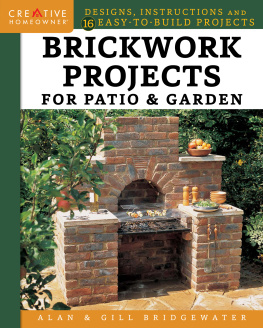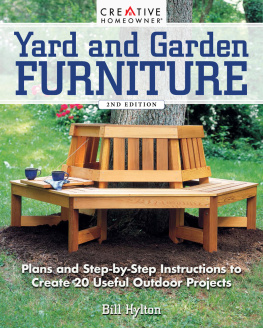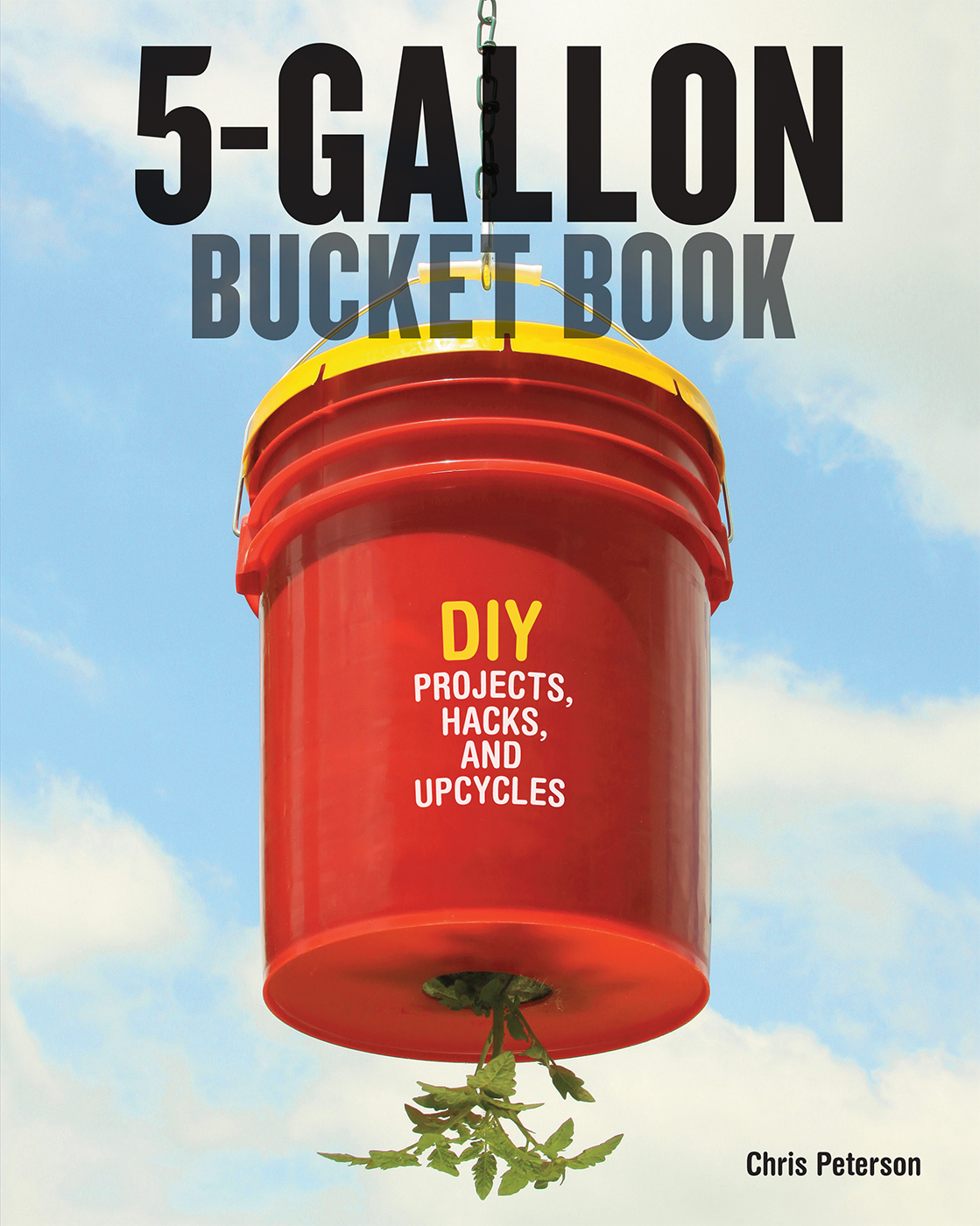
2015 Quarto Publishing Group USA Inc.
First published in 2015 by Voyageur Press an imprint of Quarto Publishing Group USA Inc.,
400 First Avenue North, Suite 400, Minneapolis, MN 55401 USA.
Telephone: (612) 344-8100 Fax: (612) 344-8692
quartoknows.com
Visit our blogs at quartoknows.com
All rights reserved. No part of this book may be reproduced in any form without written permission of the copyright owners. All images in this book have been reproduced with the knowledge and prior consent of the artists concerned, and no responsibility is accepted by producer, publisher, or printer for any infringement of copyright or otherwise, arising from the contents of this publication. Every effort has been made to ensure that credits accurately comply with information supplied. We apologize for any inaccuracies that may have occurred and will resolve inaccurate or missing information in a subsequent reprinting of the book.
Voyageur Press titles are also available at discounts in bulk quantity for industrial or sales-promotional use. For details contact the Special Sales Manager at Quarto Publishing Group USA Inc., 400 First Avenue North, Suite 400, Minneapolis, MN 55401 USA.
Digital edition: 978-1-6278-8655-0
Softcover edition: 978-0-7603-4789-8
Library of Congress Cataloging-in-Publication Data
Peterson, Chris, 1961
The 5-gallon bucket book : useful DIY projects, hacks and upcycles / Chris Peterson.
pages cm
Includes index.
ISBN 978-0-7603-4789-8 (sc)
1. Plastics craft. 2. Recreation--Equipment and supplies--Design and construction. 3. Implements, utensils, etc.--Design and construction. 4. Garden ornaments and furniture--Design and construction. 5. Pails. 6. Salvage (Waste, etc.) I. Title. II. Title: Five-gallon bucket book.
TT297.P48 2015
745.572--dc23
2015022632
Acquiring Editor: Thom OHearn
Project Manager: Madeleine Vasaly
Art Director: Cindy Samargia Laun
Book Design: Carol Holtz
Layout: Simon Larkin
On the front cover: Upside-Down Tomato Planter,
5-GALLON
BUCKET BOOK
DIY Projects, Hacks, and Upcycles
Chris Peterson

CONTENTS
Guide
Introduction
THE FIVE-GALLON BUCKET IS AMONG THE BEST OF MANS INVENTIONS, RIGHT UP THERE WITH THE WHEEL AND SLICED BREAD. NOT ONLY ARE THESE HANDLED CONTAINERS THE PERFECT SIZE FOR CARRYING A WEALTH OF DIFFERENT MATERIALS FROM ONE PLACE TO ANOTHER, THEY CAN BE UPCYCLED INTO A MIND-BOGGLING ARRAY OF NEW CONVENIENCES AND HANDY INVENTIONS.
Thats because these buckets are both remarkably strong and surprisingly adaptive. Theyll hold up to high pressure and heavy loads. Theyll take a beating without getting bent out of shape. They can be cut, melted, glued, drilled, pressurized, depressurized, and more. They are also amazingly simple to work with and reconfigure. In fact, one of the many glorious things about working with a five-gallon bucketespecially when converting it into something exceedingly usefulis that you wont need many specialized tools. Chances are, you pretty much have everything you need sitting in your toolbox right now. The add-ons used to create the projects in this book can all be sourced from any large home center or well-stocked hardware store (some of these projects even repurpose common household items). You may find that leftovers from other home improvement or homesteading projects work perfectly for a five-gallon bucket projectespecially other PVC materials such as plumbing pipes, tubes, and fixtures. That said, the possibilities are even greater with add-ons made specifically for converting five-gallon buckets, available online from plastics suppliers (see Resources, ).
As if that werent enough to sway you, the buckets are so ubiquitous that you probably wont even have to pay for one (see The Bucket Bargain, , for more info on finding free or low-cost buckets). Even if you do need to purchase a new one, youll end up shelling out less than you would drop on a morning latte. Quite the bargain!
This is especially true considering the fantastic number of potential uses. The impoverished populations of many developing countries have long understood this. Youll see beat-up, timeworn versions pressed into service for everything from rooftop favela gardens to rural water purifiers to outdoor showers.
The wealth of projects collected in this book includes inventions that range from useful to just plain fun, and from as simple as it gets to fairly involved. These can serve apartment dwellers (Small-Room Air Conditioner, ). If you dont see anything that catches your fancy in the list of projects, you must be that rare and remarkable person who already has everything.
Each project also includes at-a-glance indicators describing how much time, money, and expertise youll need to execute the instructions. These should help you plan accordingly so that no five-gallon-bucket project is left half-finished.
Look through these projects and decide on the ones that best serve your needs or tickle your fancy, or use any of these projects as a jumping-off point for your own one-of-a-kind creations or adaptations. One way or another, youre sure to make something useful, fun, ingenious, and time- and money-saving. Imagine how happy youll be drinking your own clean, clear water made with your five-gallon-bucket Water Filter (). The rewards and benefits are as plentiful and varied as the projects themselves.
Along with those tangible compensations, if youre reusing a bucket that saw a prior life as a big sauerkraut container or a self-contained supply of wall compound, youll be saving a bucket from the landfill. The vast majority of plastic buckets are not biodegradable, so the environment thanks you.
CHOOSING YOUR BUCKET
Depending on which project you choose, youll quickly find that not all five-gallon buckets are alike. The vast majoritybut not allare made of high-density polyethylene (HDPE). This plastic holds up under high temperatures and releases very low levels of contaminants. Low-density polyethylene containers are flimsier and will not tolerate higher temperatures or high-temperature contents. All the projects in this book should be executed using HDPE buckets.
Many of the projects in the pages that follow, and probably many that you can create out of your own imagination, involve consumables of one form or another. Any food or drink requires that the plastic it touches be food grade. Non-food-grade plastic buckets may contain harmful compounds that can leach out of the plastic and into whatever is kept in the bucketespecially if the foodstuff is acidic. This is very important to keep in mind for projects such as the Water Filter ().
If youre unsure of what the bucket contained before you got ahold of it, the bucket itself can probably tell you a lot about the original contents. Obviously, a label listing food contents, such as beans, frosting, or salad dressing, indicates food-safe plastic. Symbols on the label also offer clues. A snowflake means that the bucket (and its original contents) can be refrigerated or frozen. A wave symbol or dishes in water mean microwave safe and dishwasher safe, respectivelyall signs that the bucket contained food. The manufacturer listed on any label may be a giveaway as well. Do a web search for the manufacturers name or any code on the bucket, and youll likely turn up what that manufacturer produces and puts into its buckets.


